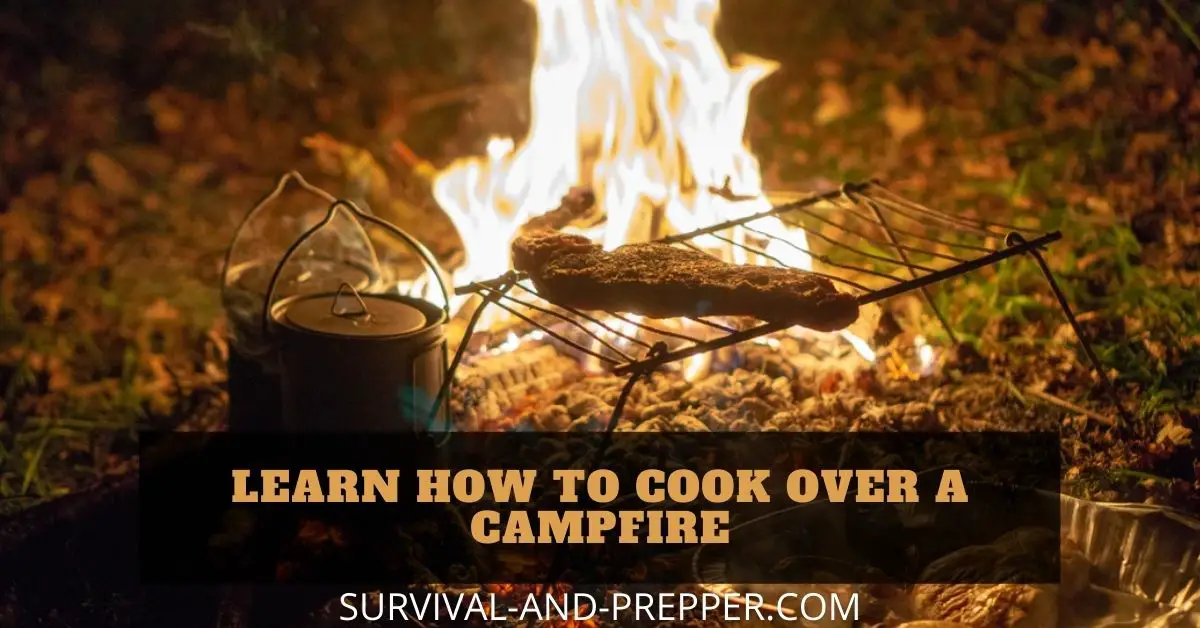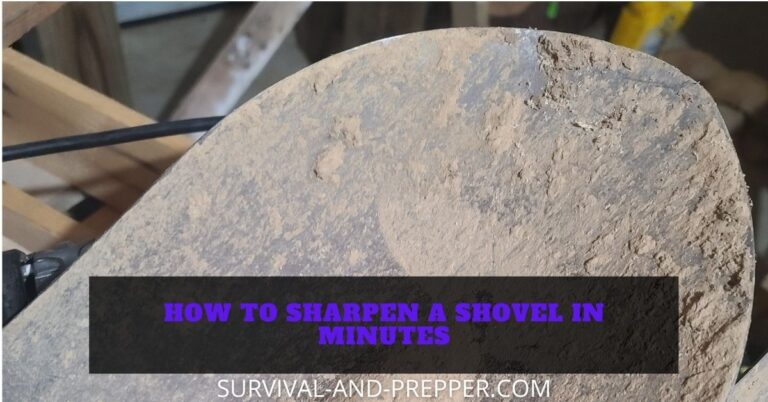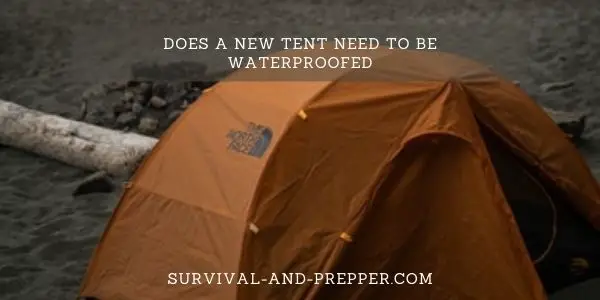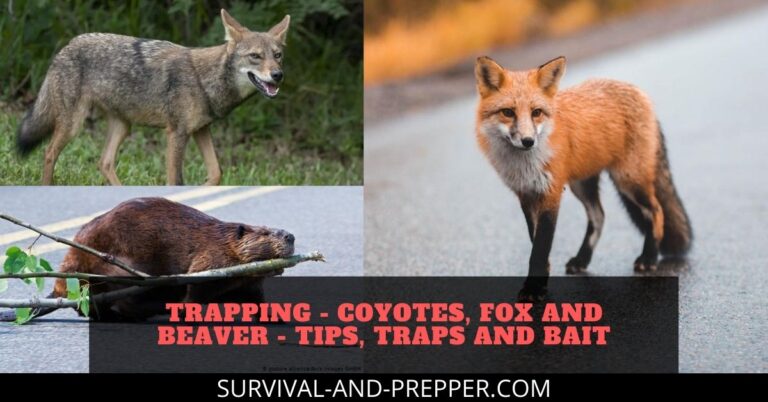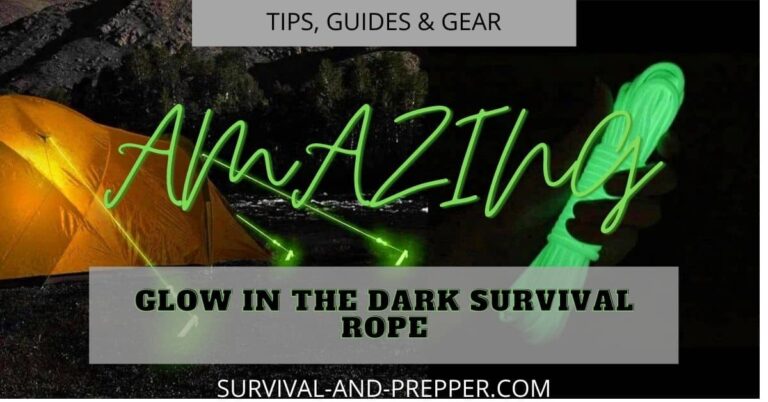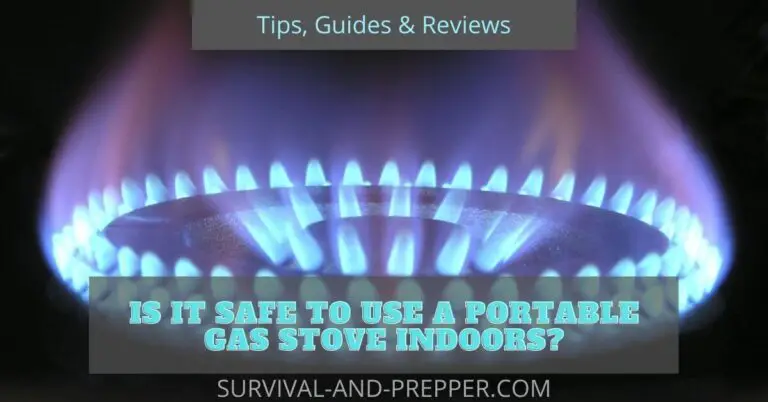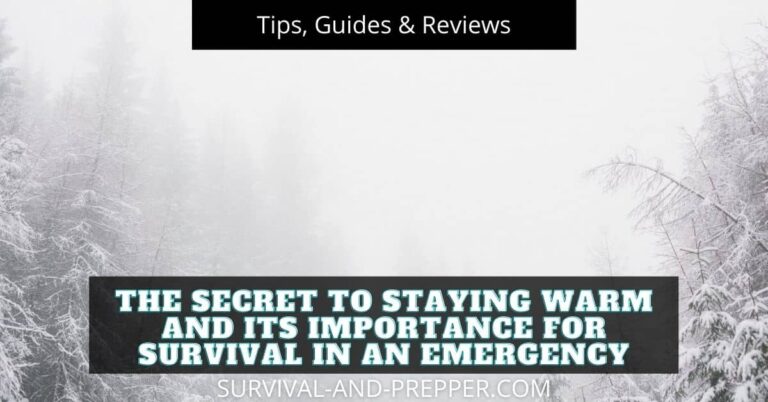Learn How to Cook Over a Campfire
During my recent camping trip, my wife posed a question that sparked my culinary curiosity: How does one cook over a campfire? I explained to her that cooking over a campfire is not as daunting as it may seem.
In fact, there are various types of campfires, each offering its own techniques and tricks. It got me thinking, why not share this knowledge not only with my wife but also with all those who may have pondered the same question?
In this guide, we’ll dive into the captivating world of campfire cooking, starting with a discussion on different types of campfires. No matter where you choose to camp, whether it’s an established campground, your own backyard, or when backpacking, there are options to consider.
Fire pits, open fires, fires contained within a grill, and even innovative rocket stoves all have their merits and unique cooking approaches.
For those camping at established locations, chances are you’ll encounter a grill or fire pit ready for your culinary adventures. Cooking on a wood grill or over a fire pit follows a similar methodology, often with a convenient grate to hold your pots and utensils.
If not available, adding your own grate is a simple solution. The beauty lies in the ability to experiment with various fire lay styles to fuel your cooking endeavors.
While rocket stoves remain somewhat unfamiliar to me, they deserve a dedicated discussion for another day. These modern marvels are designed to generate intense heat quickly, utilizing the principle of heat rising to create a forced air induction. The result is higher temperatures than a typical fire, making it perfect for rapid boiling or cooking.
Now, if you’re planning a backpacking adventure with cooking along the way, an open fire will likely become your trusted cooking companion. However, on established trails, you might stumble upon a fire pit for added convenience.
Cooking over an open fire requires a bit more consideration. Whether you opt for foil wrappers, pots, or cooking directly over flames, each technique necessitates careful fire setup from the very beginning.
So, whether you’re an aspiring outdoor chef or simply eager to learn new culinary skills, join us on this campfire cooking journey. Let’s unlock the secrets, techniques, and mouthwatering possibilities that lie within the mesmerizing dance of flames and the great outdoors.
Starting a Campfire for Cooking
In any instance where you plan to use a fire for cooking, it’s essential to avoid using chemicals if possible. Fortunately, there are natural methods to start your fire using the right wood and tinder.
One of my favorite combinations starts with a base of large dry leaves, topped with pine cones and small twigs, gradually increasing in stick sizes. Kindling sticks the size of your pinky and main fuel sticks around the size of your wrist work best. I rarely use larger material than that.
An excellent natural material you can utilize for kindling is fatwood, found in fallen pine trees. Fatwood is a resinous form of pine that easily ignites, making it ideal for starting your campfire.
If you are cooking over a fire pit or wood-fired grill, the basic layout of your fire won’t matter much as long as it lights and burns easily. However, I prefer using a teepee-style fire in most instances as it tends to ignite better for me.
In fact, my son and I have created a video demonstrating this type of fire, accompanied by our cooking of foil-wrapped burgers with it.
To make cooking over a fire pit or wood-fired grill easier, consider using a Firepit Cooking Grate. These versatile grates can sit on the edges of the fire pit or come with their own legs, enabling them to stand over the fire.
Personally, I favor a Heavy Duty Grill, which is highly durable and conveniently folds up slim for easy packing. Using a fire pit cooking grate allows you to place food directly on the grate or use pots and pans, greatly expanding your cooking options.
When cooking over an open fire, it’s recommended to learn how to make a fire with rocks. Find a pair of large rocks of similar thickness or height and place them in the center of your fire location.
Set your pot on these rocks, and then slide them apart, creating an open area under your pot while it remains stably supported. If possible, surround your fire area with additional rocks, creating a mini firepit that helps minimize the risk of your fire spreading.
For cooking over an open fire, you can choose to build a teepee fire as previously mentioned or explore other styles. Personally, I find that a cabin-style fire often works better in this scenario.
Another option is a lean-to fire, although I feel it’s not as effective in this case.
Mastering campfire cooking involves more than just selecting the right fire method; it’s about understanding the nuances and techniques that make each cooking experience a delight. Join us as we delve deeper into the world of campfire culinary art, discovering savory recipes, and unraveling the secrets to unforgettable outdoor dining.
Supplies you may want for cooking on a campfire
1. Campfire Grill Grate: This is a metal grate that you can place over the fire to create a cooking surface. It allows you to grill foods like burgers, chicken, and vegetables.
2. Campfire Tongs: Long-handled tongs are essential for flipping and moving food on the grill. They ensure that you can handle hot items safely.
3. Campfire Poker: A poker is useful for adjusting the fire and moving the logs around. It helps you control the heat and ensure that your food cooks evenly.
4. Dutch Oven: A heavy-duty, cast iron Dutch oven is a versatile tool for campfire cooking. It can be used to cook stews, soups, and even bake bread.
5. Campfire Skewers: Skewers or long metal rods are perfect for cooking food on a stick. You can grill kebabs, marshmallows, or even make campfire pies.
7. Campfire Roasting Sticks: Roasting sticks are an alternative to skewers and are ideal for cooking hotdogs, sausages, and marshmallows over the fire. They usually have a handle to keep your hands away from the heat.
6. Campfire Foil Packets: Foil packets are a convenient way to cook food over a campfire. You can wrap ingredients like meat, vegetables, and seasonings in foil and place them on the coals.
8. Campfire Pot and Pan Set: A set of pots and pans designed for camping can be useful for boiling water, cooking pasta, or making sauces. This can be used on rocks in the fire, or on camping stoves and grill grates over the flames
9. Campfire Grill Brush: A grill brush with stiff bristles is handy for cleaning the campfire grill grate after use. It helps remove any food residue and keeps the grate in good condition.
These supplies will help you prepare and cook a variety of delicious meals over a campfire. Just remember to always practice fire safety and follow any guidelines or restrictions set by the campsite or park you are visiting.
Safety Considerations
Remember, safety is paramount when cooking over a campfire. Always have a fire extinguisher or water source nearby and never leave the fire unattended. With the right tools and precautions, you can enjoy delicious meals and unforgettable experiences around the campfire.
Campfire safety is essential to ensure a delightful and safe gathering. Protecting yourself and the environment is paramount when enjoying the warmth and camaraderie of a campfire. The article Campfire Safety Tips will provide in-depth tips on campfire safety, including fire preparation, extinguishing techniques, and guidelines for a memorable and secure campfire experience. Make sure to check it out to learn how to responsibly manage your campfire.
Let’s Get Started Campfire Cooking
Now that we have sorted out the types of fire and the tools you need lets prepare a basic meal or two. For your first meal I would likely plan out something simple. Kabobs or “Hobo Packets” are probably two of the easiest and always a hit.
Kabobs – one of the best things to cook over a fire on a stick
Kabobs are an excellent choice for cooking over a campfire, as they are easy to prepare and similar to grilling. To make kabobs, select ingredients such as chicken, bacon, steak, onions, and bell peppers. If cooking in a backyard pit, adding shrimp is an option, but it may be best to avoid seafood when camping, unless it is fresh and near the ocean.
Once you have chosen your ingredients, alternate skewering them onto either metal or bamboo skewers. Season with salt, onion powder, or other spices as desired. If cooking them immediately over the campfire, place them directly on a plate. However, if preparing them in advance, wrap them in aluminum foil.
Build up your campfire until it produces red coals. Avoid using large flames as they may char or burn the meat and bamboo skewers. Once the coals are ready, place the skewers above the heat, setting the grill height about 1 inch below the point of discomfort when placing your hand over the coals.
If the grill height is not adjustable, you can elevate the coals using a mound of dirt or ashes. You can also lower the grate by pushing its feet into the ground. Rotate the skewers every five minutes until the meat reaches the desired doneness. Cooking time may vary between ten and twenty minutes, depending on the temperature of the coals. For chicken, ensure it is cooked through.
Hobo Packets – so easy a child could do it.
Hobo packets are another simple and delicious option for campfire cooking. To prepare hobo packets, start by taking a square piece of heavy-duty aluminum foil that is large enough to wrap the ingredients. Place it flat on a counter and add a small amount of butter in the center.
Next, place your choice of meat, such as ground beef, on top of the butter. Some people prefer using steak, but if that’s the case, it is better to cook the steak directly on the grate. Add a few slices of onions, carrot slices, and a few potatoes on top of the meat. Sprinkle Worcestershire sauce to enhance the flavors.
Fold the sides of the foil over the ingredients and then fold the ends as well, creating a small square packet. Firmly crimp the edges with your fingers to seal the packet and trap the juices inside.
Once your campfire is burning down to mostly coals, drop the hobo packets into the middle of the coals. If possible, move some lighter coals on top of the packets. Let them cook undisturbed for about twenty minutes, adjusting the cooking time as needed based on the amount of coals and the thickness of your packets.
Hobo packets are a hit with kids, as they can make them and feel like they cooked themselves. It’s a great way to involve everyone in the camping cooking experience. Give them a try and let us know what you think!
Wild Things You Can Cook Over a Campfire
Campfire cooking offers a wide variety of options beyond the classic smores, burgers, and hotdogs. Some popular open fire cooking recipes include Chicken and Black Bean Nachos, Pineapple BBQ Chicken Kabobs, Grilled Veggies, and even Pizza.
Many of these recipes involve cooking in foil packets. Simply wrap your ingredients in foil and then cook them over the heat or lay them in the coals of the fire. Avoid placing foil packets directly over flames, as this can result in high temperatures and burning. Cooking them in the coals allows for a slower, more even cooking process. Burying them slightly in the coals can help ensure even cooking on all sides.
For convenience, here is a link to 21 foil recipes: [Foil Pack Camping Recipes]
Campfire food on a stick is another favorite, and metal skewers are preferable. However, long bamboo sticks can work fine and are available at Walmart, Amazon, and camping stores. Besides the usual hotdogs and marshmallows, you can skewer shrimp, chicken, steak, or even corn on the cob. Many vegetables like broccoli, bell peppers, onions, and zucchini also taste great when cooked over an open fire.
Dutch oven campfire recipes are plentiful and can be found all over the web. They include dishes like cobblers, casseroles, and biscuits. A Dutch oven is a great addition if you want to incorporate baked goods into your campfire cooking. There are many options for Dutch ovens, with some preferring the newer enameled style. However, an old cast iron one can work just as well. Make sure to get one with a handle for easier retrieval from the fire, and it can also be hung from a tripod over the fire if desired.
In conclusion
Campfire cooking offers a plethora of delicious options beyond the traditional smores, burgers, and hotdogs. From foil packet meals to food on sticks and Dutch oven recipes, there are endless possibilities to explore and satisfy your taste buds.
Cooking in foil packets allows for easy preparation and cooking. Wrapping ingredients in foil and placing them in the coals of the fire provides a slower, more even cooking process, ensuring flavorful and tender meals.
Food on sticks, whether metal skewers or bamboo sticks, allows for fun and versatile cooking. From classic hotdogs and marshmallows to shrimp, chicken, steak, and various vegetables, the options are limitless. The crackling fire adds a unique smoky flavor to these dishes, enhancing their taste.
Dutch oven cooking is perfect for those who crave baked goods in the great outdoors. Dishes like cobblers, casseroles, and biscuits can be easily prepared and cooked over a campfire. Whether you prefer an enameled or cast iron dutch oven, it becomes a versatile tool for creating delectable meals.
Campfire cooking is not only about satisfying hunger but also about the experience and enjoyment it brings. It’s an opportunity to gather around the fire, share stories, and create lasting memories with friends and family. It allows everyone the chance to participate in the cooking process, making it an inclusive and exciting activity.
So, the next time you embark on a camping adventure, don’t limit yourself to the usual campfire fare. Explore the world of campfire cooking with foil packet recipes, food on sticks, and dutch oven creations. Let your creativity and taste buds guide you, and discover the joy of preparing delicious meals over an open fire.
